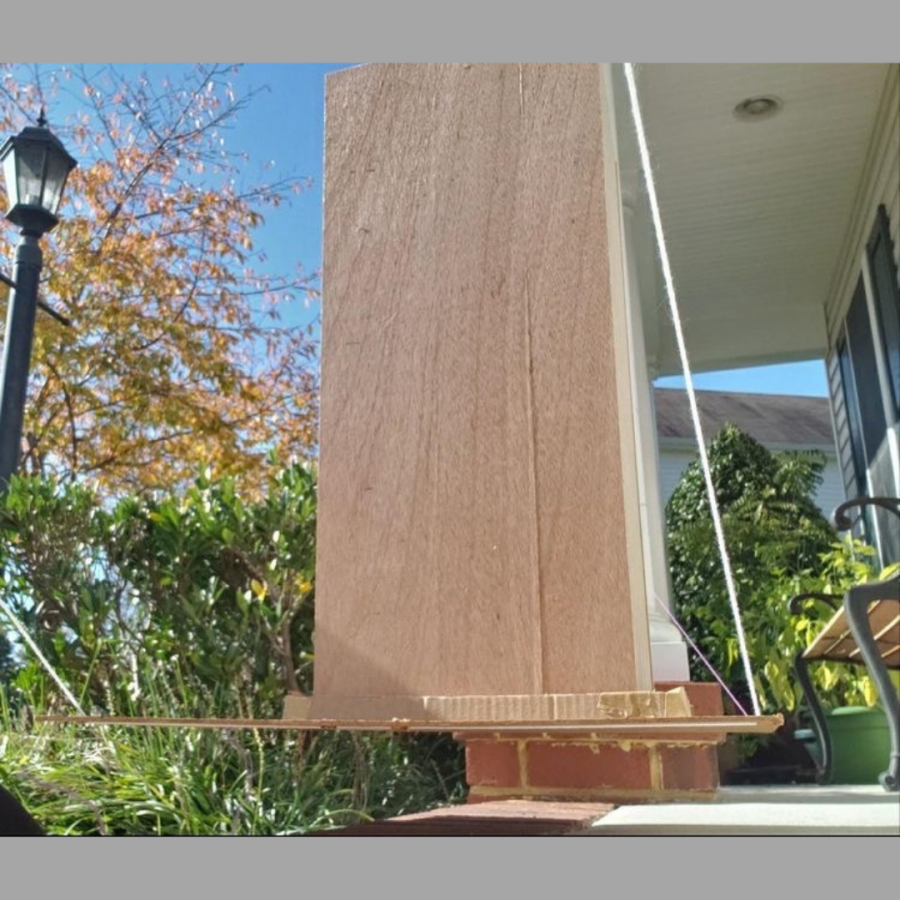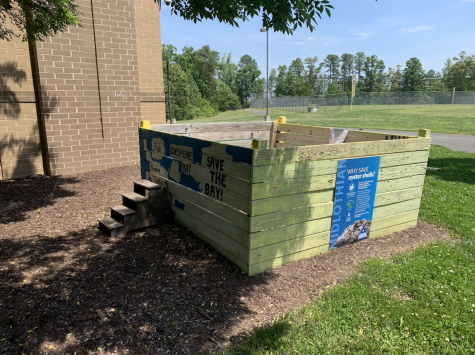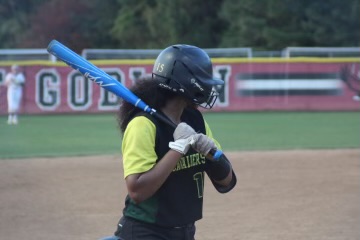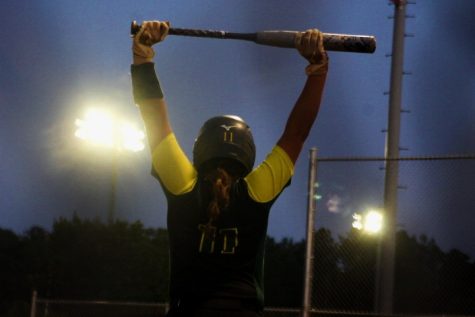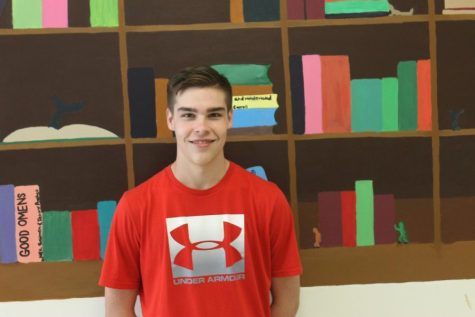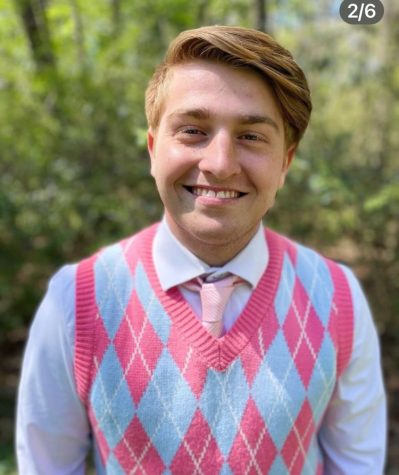Science fair experiments thrive in virtual format
The annual school science fair is an integral part of the Clover Hill Math and Science Program, or Math/Sci. However, there was no opportunity for an in-person event this year. The science fair organizers had to make several adjustments in order to fit a virtual format.
Math/Sci chemistry teacher Maria Klein believes the most drastic change was how the submitted projects were judged.
“The judging of the 24 accepted projects was purely done based on the submitted papers,” Klein said. “In a normal year, the students would have to give an oral presentation of their findings in front of a panel of scientist volunteers who also would question the students afterwards.”
Participant Ishita Patel faced several problems with her experiment, which tested earthquake resistance methods.
“My initial plans weren’t working for what I wanted to show in my experiment,” Patel said. “It was difficult figuring out what to fix and how we were going to fix them. A lot of the results came out differently from what I had expected, which I personally found to be a good learning experience.”
Luckily, the event was able to remain relatively unchanged, a factor that Klein greatly appreciated.
“My favorite part of the entire process is seeing the students give their passionate presentations in front of a panel of real scientists who are experts in that field,” Klein said. “It is so much fun for me to see the students shine there.”
Several Clover Hill students were able to succeed on a very esteemed level and earn great recognition for their work.
“Caroline Klotz and Ayathi Gogineni won their respective categories and Matthew McKeague placed third,” Klein said. “In addition, Caroline Klotz was also selected to represent Virginia on the national level in the American Junior Academy of Sciences, and as such will be inducted as a lifelong AJAS Fellow in February 2021.”
The American Junior Academy of Science gives out some of the highest possible awards for a student to earn and is sought after by students all over the country. It is also one of the largest academic competitions in the entire nation.
“This was a huge success for our students, particularly for Caroline,” Klein said. “I am very proud of Caroline and her outstanding work.”

Nick is a sophomore and was lead to journalism due to his affinity for writing. He is currently a staff writer for the Cavalier Chronicle and looks forward...


